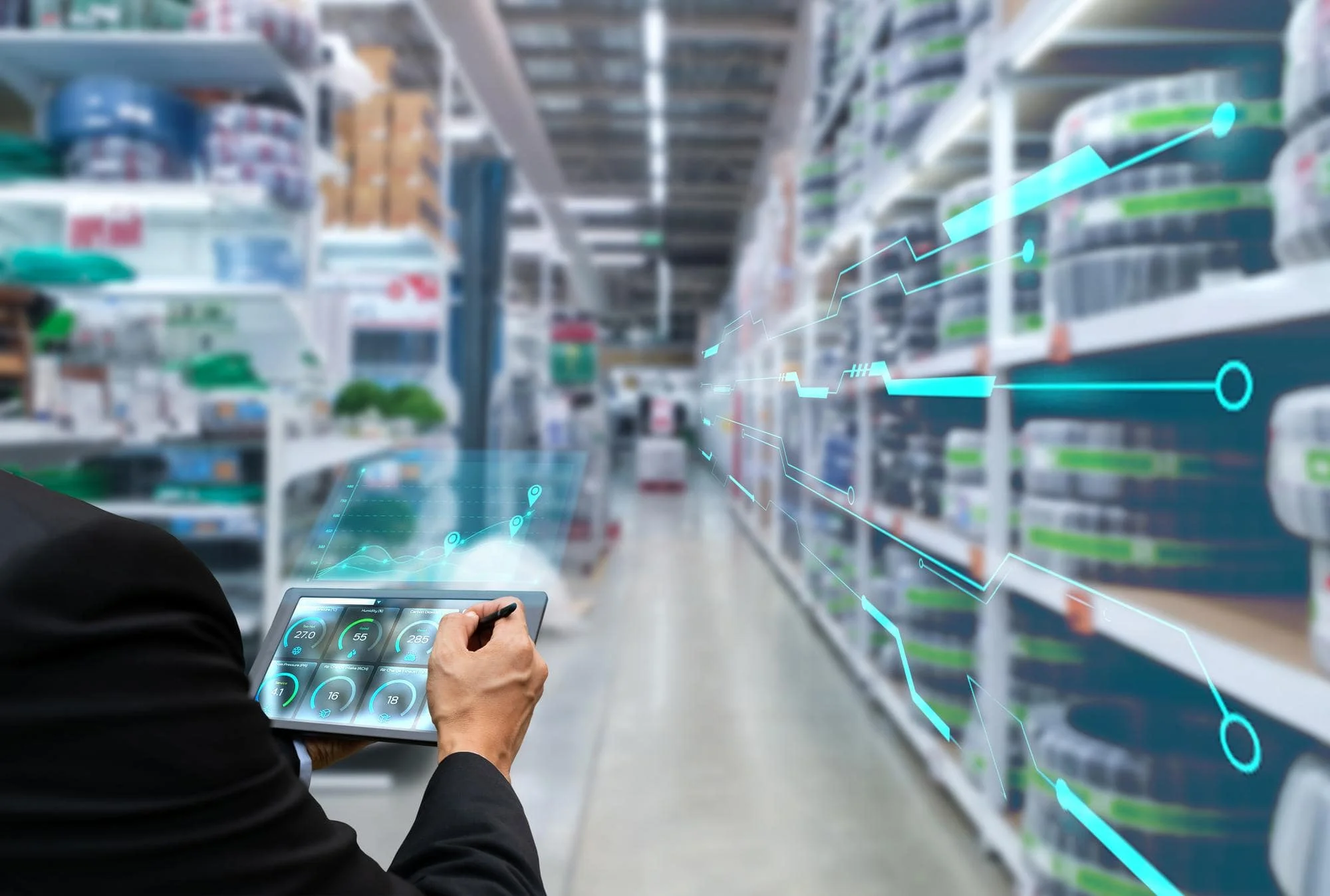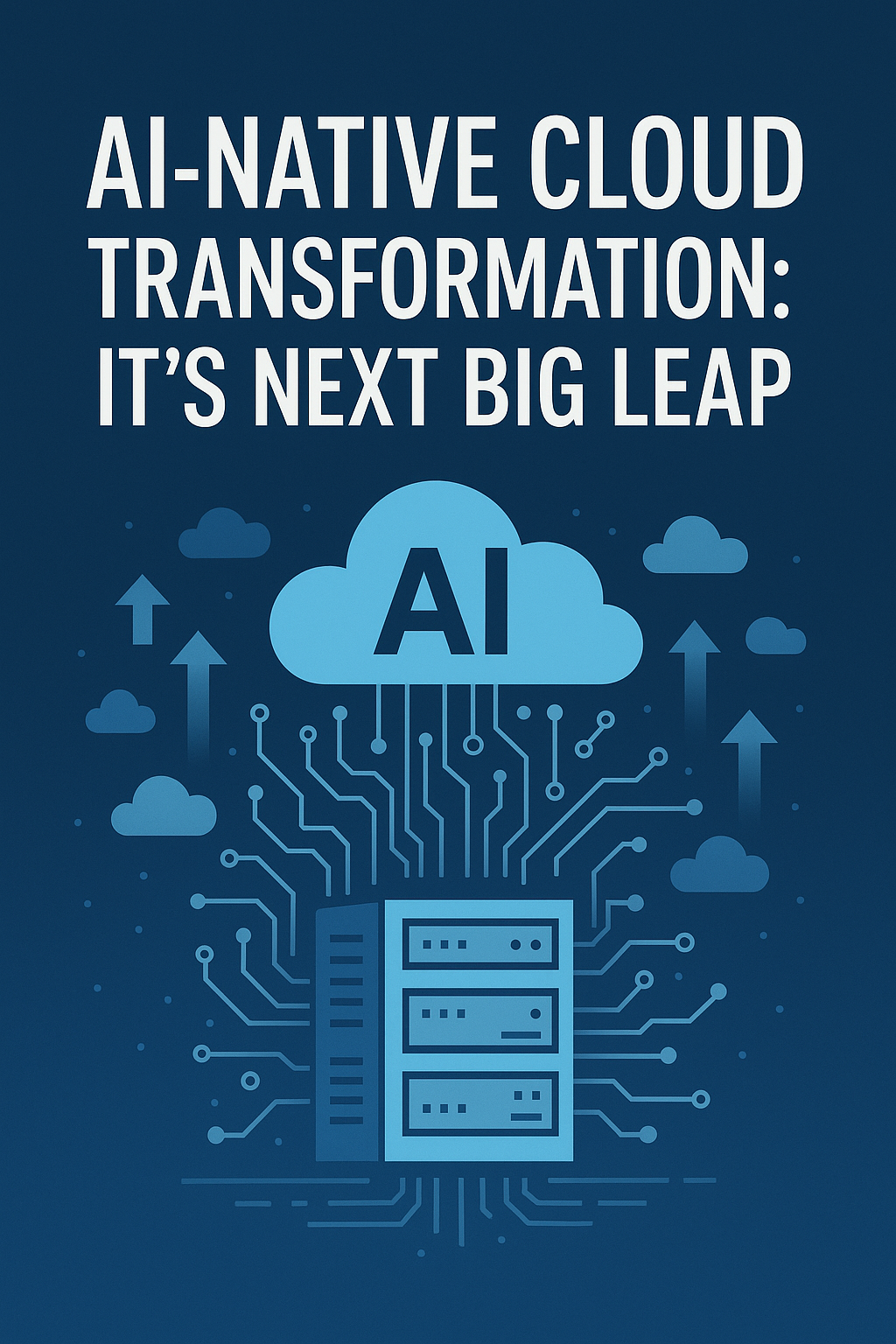Retail has always been about connection. It’s about shelves that hold what people need, displays that spark interest, and experiences that bring customers back again and again. But today, IoT in retail is reshaping this connection. By merging sensors, smart shelves, and real-time data, retailers are able to optimize inventory, personalize marketing, and deepen customer engagement in ways that feel natural and effortless.
Customer journeys no longer have to be predictable or clumsy. They can be smooth, surprising, and even thrilling. IoT gives retailers the power to anticipate needs, reduce friction, and build loyalty. This is not theory. This is not distant future. It is happening right now in retail spaces around the world.
Retail and IoT: A New Partnership for Customer Experience
Retail is no longer just about transactions. It’s about crafting moments that stay with customers beyond the checkout counter. With IoT, those moments become easier to create.
Customer expectations are rising. They want speed, accuracy, and relevance. They want items in stock, offers that matter, and journeys that feel seamless. They want trust. IoT answers these desires by delivering insights in real time, guiding staff, and shaping store layouts.
IoT is not replacing the human element of retail. Instead, it amplifies it. Employees gain tools that make their jobs easier. Customers experience shopping without unnecessary friction. Everyone wins.
Customer Experience with IoT in Retail: 10 Techniques That Work
1) Retail Inventory Control with Real-Time Shelf Sensors
Retail inventory challenges are old news, but IoT makes solving them possible. Smart shelves and RFID tags track stock automatically. If an item runs low, staff get alerts instantly. If something is misplaced, the system finds it before customers notice.
Customer frustration drops when shelves stay full. Customers gain confidence that their favorite items will be available. Customers also feel valued when stores respect their time. With IoT, these wins become everyday reality.
2) Customer Delight through Personalized Marketing
Customer journeys become exciting when marketing feels personal. IoT devices capture behavior data—like dwell time near displays or repeated visits to certain aisles. This data helps tailor promotions.
Retail staff can adjust prices dynamically with electronic shelf labels. Offers can appear when customers are near relevant products. Messages can evolve based on time of day, season, or even weather. It feels less like a sales tactic and more like thoughtful timing.
3) IoT Forecasting for Retail Demand
Retail forecasting often relied on guesswork. IoT turns guesses into reliable predictions. By analyzing sales patterns, foot traffic, and even weather signals, IoT helps predict demand accurately.
Customer demand doesn’t stay static. Customer moods change, influenced by local events and social trends. Customer behaviors adapt quickly. With IoT, retailers are not reacting weeks later. They are adjusting today, in real time.
4) Retail Pickups Made Simple: BOPIS and Beyond
Retail has shifted far beyond in-store shopping. Buy online, pick up in store (BOPIS) has become the new normal. IoT-enabled lockers and systems ensure that orders are ready when promised.
Customer trust grows when pickup promises are kept. Customer loyalty deepens when returns are made easy. Customer satisfaction expands when convenience is seamless. Retailers who embrace IoT in this area set themselves apart instantly.
5) IoT Navigation in Retail: Wayfinding for Customers
Retail layouts can be confusing. Customers may wander aisles searching for a single item. IoT solves this with smart navigation.
Customer apps can guide them directly to products. Customer experiences become faster, lighter, and less stressful. Customer engagement improves because finding an item no longer feels like a chore.
Retailers benefit too. When people spend less time searching, they spend more time exploring. That means bigger baskets and better engagement.
6) Retail Fitting Rooms with Smart Mirrors
Retail fitting rooms have always been key decision zones. IoT transforms them into spaces that inspire confidence. Smart mirrors suggest matching outfits, alternative sizes, and accessories.
Customer anxiety about finding the right fit fades. Customer curiosity grows when new styles are presented effortlessly. Customer excitement builds as the fitting room feels less like a hassle and more like an experience.
Retailers see higher conversion rates. They also see customers returning for that same level of service.

7) Checkout Without Stress: IoT Queue Management
Retail checkout lines are the breaking point. IoT systems now track foot traffic and predict wait times. When queues grow, alerts tell staff to open new counters.
Customer patience is not limitless. Customer memories often center on the checkout experience. Customer frustration during long waits can undo all earlier positives. IoT ensures that this stage supports the rest of the journey rather than spoiling it.
Retailers gain more than smiles—they gain loyalty.
8) Retail Freshness Through IoT Monitoring
Retailers in food, cosmetics, and pharma face a trust issue: freshness and safety. IoT sensors monitor temperature, humidity, and conditions across supply chains.
Customer confidence strengthens when they know food safety is being tracked. Customer health is protected with proactive alerts on storage failures. Customer trust deepens as transparency improves.
Retail shrink decreases, and compliance becomes smoother. It’s a win-win.
9) Retail Sustainability with IoT Efficiency
Retail operations consume energy, but IoT makes stores more efficient. Sensors dim lights when aisles are empty. HVAC adjusts automatically based on occupancy.
Customer perception shifts when brands show sustainability. Customer choices increasingly favor eco-conscious retailers. Customer loyalty grows when values align.
Retailers save costs and build stronger reputations at the same time.
10) Privacy and Trust: The Customer Core of IoT in Retail
Retail innovation only works if trust is maintained. IoT can be intrusive if handled carelessly. That’s why privacy-first design is critical.
Customer data should be collected with consent. Customer rights must be explained clearly. Customer information needs protection through encryption and strict access controls.
Retail brands that prioritize this don’t just avoid risk. They earn lasting trust.
IoT in Retail: Building Engagement Beyond the Sale
Retail doesn’t end at checkout anymore. IoT allows follow-up that feels personal but not invasive. Notifications about restocked items, loyalty perks, or sustainability updates keep the bond alive.
Customer experience becomes a cycle, not a moment. Customer relationships grow deeper with every thoughtful interaction. Customer loyalty evolves into advocacy when engagement feels real and human.
Retail, Customer, IoT: The Connected Future
Retail, customer, IoT—three words that together define the future of shopping. The relationship is clear. Retail depends on technology to simplify operations. Customer experience thrives when that technology feels natural. IoT provides the link between data and delight.
Customer trust is fragile, but IoT strengthens it when used wisely. Customer expectations are high, but IoT helps meet them without adding friction. Customer loyalty is fleeting, but IoT makes it last.
Retailers who embrace this shift are not just surviving—they are winning.
Conclusion: Retail Powered by IoT, Driven by Customers
Retail is transforming in ways we can see and feel. IoT in retail makes shelves smarter, checkouts quicker, and experiences more personal. It allows retailers to optimize inventory, personalize marketing, and improve customer engagement in ways that excite and reassure.
Customer journeys are no longer a straight line. They are connected webs of touchpoints—each one influenced by IoT. Customer satisfaction grows when friction fades. Customer loyalty deepens when stores anticipate needs.
IoT in retail is not cold automation. It is the art of combining data with empathy. Done right, it delivers what matters most: thrilling customer wins.




